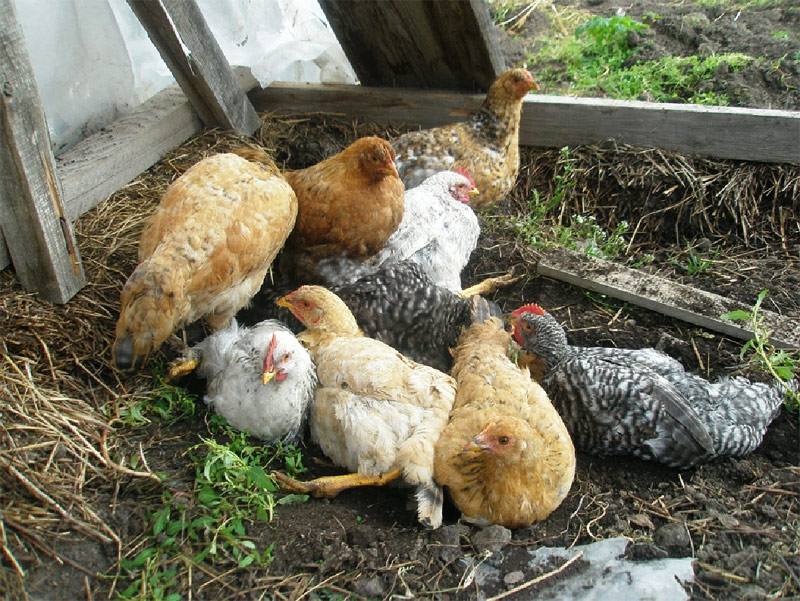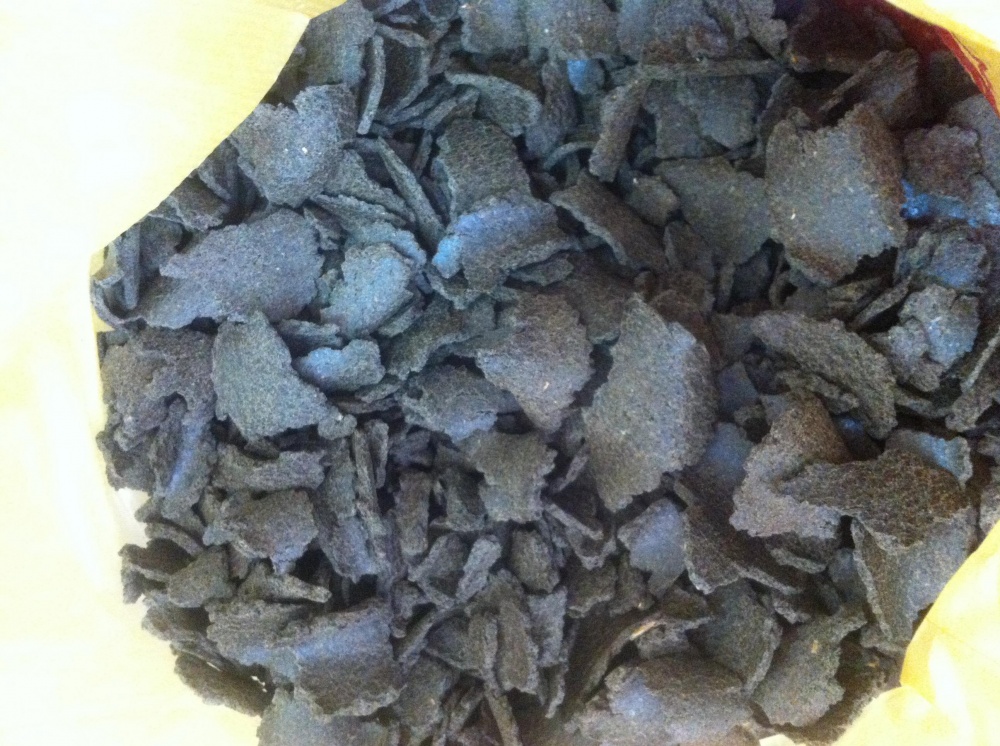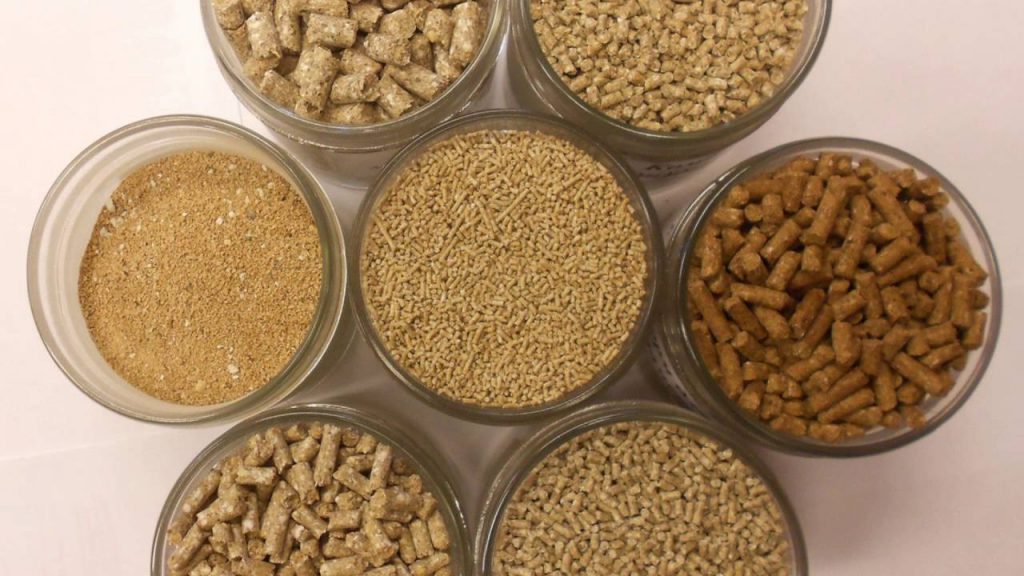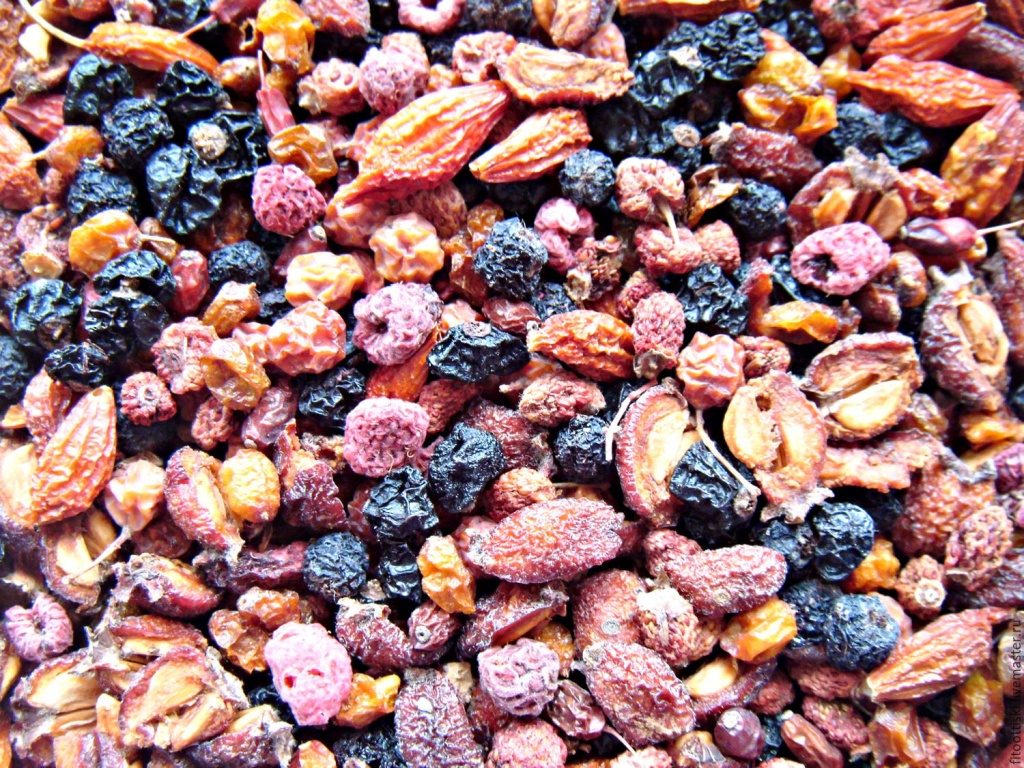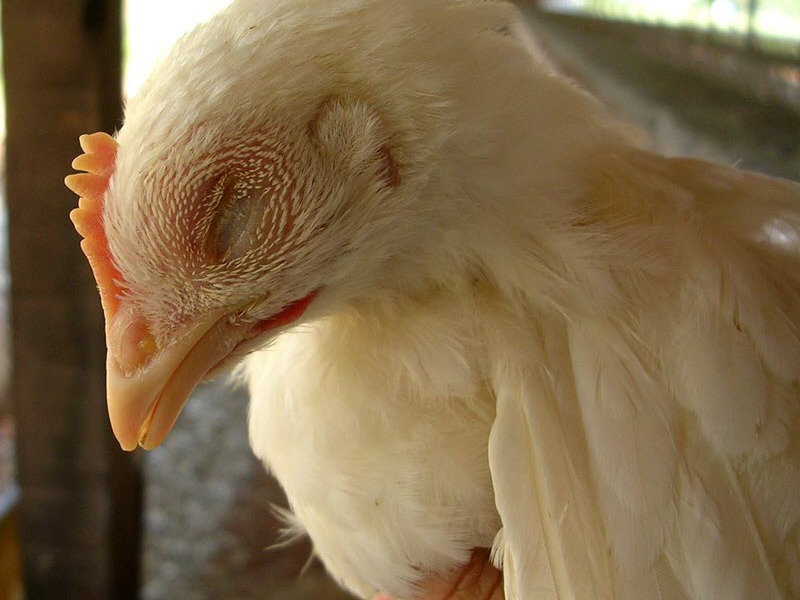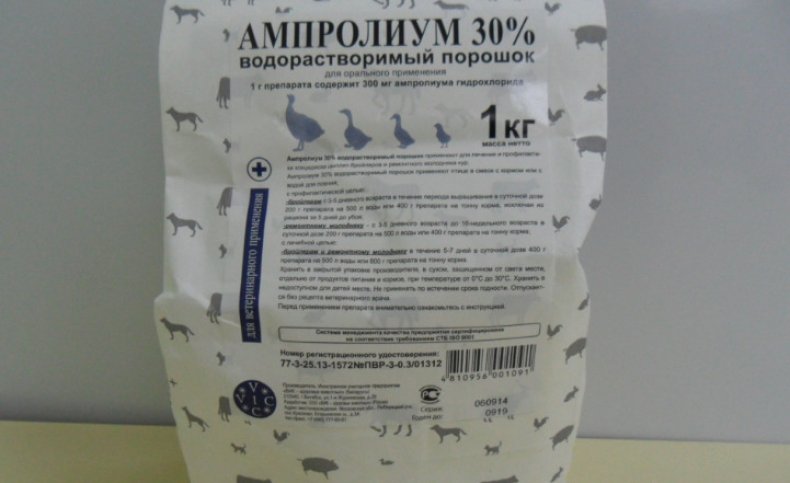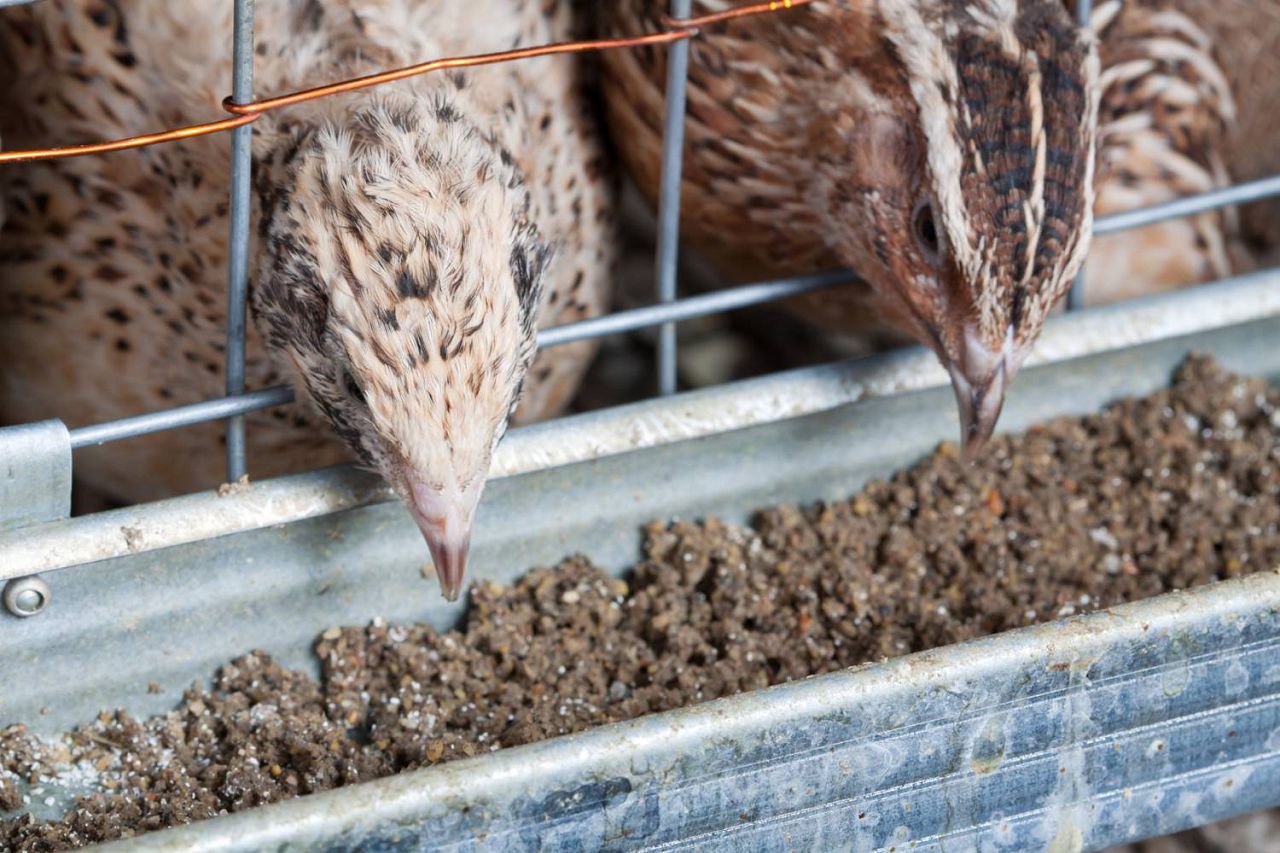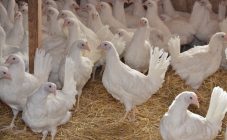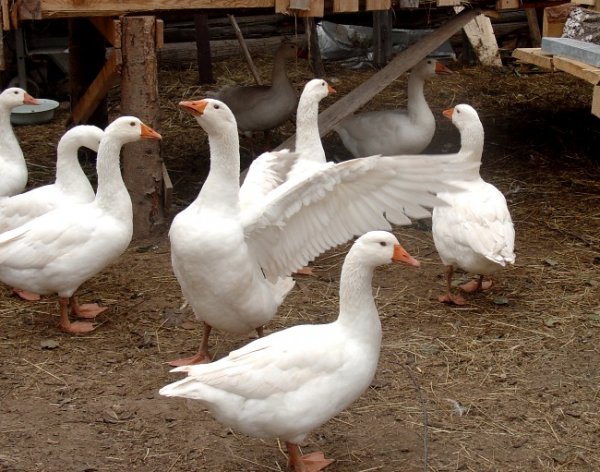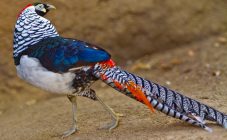Content:
Balanced nutrition and care from the first days of life is essential for the successful rearing of chickens. In order for the digestive system to develop correctly, it is necessary to organize feeding within 20 hours after hatching from the egg. Good growth of young stock directly depends on a quality, balanced feed.
Chicken feed from the first days of life
In the early days, food should be frequent (5-7 times a day), in small portions. A hard-boiled and crushed egg mixed with semolina or corn flour is well suited, you can add low-fat cottage cheese. For 10 heads you need 1 egg, 50 g of flour or semolina and 50 g of cottage cheese.
Also, the composition of the feed may include finely crushed dry cereals:
- Hercules;
- millet;
- wheat;
- barley.
In addition to food, clean, preferably boiled water is poured into the drinkers. You can give low-fat kefir or whey, also pouring into drinkers.
From the third day of life, finely chopped greens are added to the diet:
- dandelion;
- clover;
- plantain;
- nettles;
- alfalfa.
Green onion feathers have a beneficial effect on the digestive system of chicks, and act as a prevention of intestinal diseases.
At one week of age, chickens are fed less often - five times a day. The amount of feed is increased. In addition to the mixture of cereals, you can add to the diet:
- mash - consist of a mixture of crushed grain, boiled and chopped vegetables, kitchen waste, steamed in broth or water;
- boiled cereals - boiled cereals in water or milk;
- mineral additives - crushed shell and chalk;
- bone or fish meal.
By two weeks of age, chicks can be released for walking. They can already get food on their own. The main diet of young animals is grass and insects. Accordingly, the amount of the cereal base can be reduced. Feed three times a day.
In a month, birds are already fed with coarse grain. Sand or fine gravel is added to the feeders. They help the body to better absorb the grain. By the age of three months, grown chickens are gradually transferred to a diet for adult chickens.
DIY compound feed for chickens
High-quality nutrition of chickens largely determines their correct development and adaptation to life. At every stage of growth, the combination feed maintains the correct ratio of components: proteins, fats, carbohydrates, vitamins and minerals.
There is a wide range of feeds on sale, but when raising birds on a large scale, such purchases will cost the poultry farmer a lump sum. Nutrition of young animals can be provided not only with food from the store, but also prepared at home. The main thing is that it is nutritious, healthy and consists of high-quality components.
There are two types of compound feed: dry and wet.
The dry combination feed contains:
- finely crushed grain - contains vegetable proteins and carbohydrates necessary for the body's energy;
- sunflower cake or meal - the fiber content provides the chicks with good digestion, proteins and vegetable fats give the growing body active tissue formation;
- greens - fresh grass contains a huge amount of vitamins that are good for poultry, and fiber, which has a beneficial effect on digestion;
- chalk or crushed shell rock - form and strengthen the skeletal system, improve digestion;
- chopped boiled or raw grated vegetables - saturates the bird's body with vitamins, strengthens the immune system;
- vitamins - actively help the metabolic processes of chicks, participate in the development of the nervous system, gaining muscle mass;
- trace elements (iron, cobalt, manganese, selenium) - an important component for the development of poultry organs, are contained in digestive enzymes and hormones, form the immune system and growth of poultry. Selenium is especially necessary for laying hens for better formation of egg production indicators.
- macronutrients - mainly contained in feed, are involved in the formation of bones, good egg production in layers, and the active growth of meat breeds of chickens.
- fish or meat and bone meal - a source of calcium and proteins of animal origin helps in bone formation, prevents cannibalism (pecking of a bird);
Diy combined feed recipes
Young animals aged 0 to two weeks should be fed with a damp mash, the composition is designed for one kilogram of finished feed:
- finely crushed wheat - 300 gr.;
- finely crushed barley without husk - 200 gr.;
- sunflower meal or cake - 70 gr.;
- boiled finely chopped or grated carrots - 80 gr.;
- meat and bone or fish meal - 20 gr.;
- whey, curdled milk or low-fat kefir - 330-350 gr.
It is also advisable to give mashings to chicks over two weeks old. Composition:
- finely crushed corn kernels - 350 gr.;
- finely crushed barley - 120 gr.;
- cake or sunflower meal - 90 gr.;
- meat and bone or fish meal - 50 gr.;
- fresh finely chopped grass - 50 gr.;
- feed yeast - 3 gr.;
- food salt - 2 gr.;
- crushed egg shell or chalk - 4 gr.;
- water, whey or reverse - 330-350 gr.
Chickens over 20 days old are prepared with a dry combination feed:
- coarse barley - 250 gr.;
- crushed corn - 350 gr.;
- meat and bone or fish meal - 70 gr.;
- sunflower meal or cake - 150 gr.;
- wheat bran - 130 gr.;
- fresh chopped grass - 80 gr.;
- chalk or crushed shell rock - 10 gr.;
- fine salt - 3 gr.;
- feed yeast - 5 gr.
Chicken feed Start, Sun, Growth, Finish
The most popular combination feed for growing chickens is ready-made feed. They contain the correct ratio of all the essential components needed for the bird.
Compound feed "Start"
The name speaks for itself - it is feed for chickens from the first days of life to two weeks. The composition of organic feed sometimes differs in the amount of additives (depending on the manufacturer), but the base consists of corn, barley, wheat and peas. Supplements in the form of bone meal, vegetable fats, amino acids.
"Sun" for chickens
Recommended feed for day old chicks. The peculiarity of the feed is the complete presence of all substances and components necessary for the bird. Top dressing with other products is not required, because the composition contains the whole group of vitamin B, as well as A, K, amino acids, micro- and macroelements.
The only drawback is the high price, but the quality fully justifies it.
Combined feed "Growth"
Designed for birds after two weeks of life. Its main function is to stimulate skeletal growth and weight gain. The main difference is the coarser grind than that of "Start". The main component of the Rost feed for chickens is grain with additives from microelements, bone meal and fodder fat.
"The finish"
It is necessary for the final formation of the bone skeleton, body weight, health and immunity of the bird. A large proportion in the composition of the feed is a grain mixture of corn, wheat, barley. There are also all the supplements the youngsters need.
Correct bird feeding provides for the dosage and calculation of feedings per day:
- in the first five days of life, they feed 6-8 times a day;
- up to two weeks - 4-5 times;
- after three weeks, they are transferred to 3 meals a day.
Tips and tricks from experienced poultry farmers
- Using compound feed for chickens, from the first days of life, it is necessary to consider for which chickens it is intended: for birds of the meat direction (broilers) or of the egg class (layers). For heavyweights, you need a diet that contains components that increase body weight. For the egg sector, on the contrary, products that prevent obesity.
- Some poultry farmers, confident in the omnivorousness of chickens, prefer to feed spoiled or musty food to the bird than throw it away. This cannot be done, otherwise intestinal or fungal diseases may occur, which are difficult to treat.
- Be sure to keep an eye out for bird walking. There are poisonous plants from which poisoning or death can occur. Therefore, it is better to keep the bird in an aviary and feed it with freshly cut grass.
- It is not recommended to give fresh bread. When swollen in the stomach, it forms a tight lump that can be fatal. Bread of dark varieties is especially dangerous. It is forbidden to give rich baked goods and moldy ones.
- Wet mash should be in the feeders for no more than an hour, because spoiled feed can seriously damage bird health.
- Only grated or chopped boiled vegetables, previously cleaned of dirt and washed with water, should be added to the diet of chickens. Do not give green potatoes, even boiled ones. Its use leads to food poisoning.
The correct and balanced diet of chickens depends on how healthy and productive they will be in the future. The main thing is that the feed is nutritious, healthy and of high quality.

